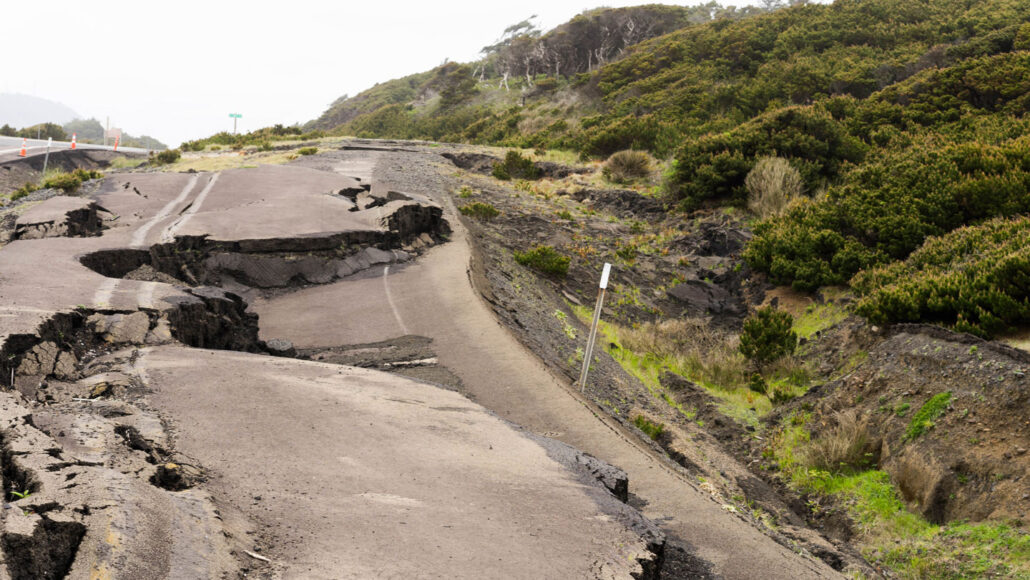earthquake: A sudden and sometimes violent shaking of the ground, sometimes causing great destruction, as a result of movements within Earth’s crust or of volcanic action.
earthquake magnitude: A measurement of the intensity of the ground-shaking associated with an earthquake. The scale is logarithmic. So, for every 1 point increase in magnitude (such as from 3 to 4), there is a 10 fold increase in ground motion (how far the land shakes back and forth) and a roughly 33-fold increase in the amount of energy released.
magnitude: (in geology) A number used to describe the relative size of an earthquake. It runs from 1 to more than 8 and is calculated by the peak ground motion as recorded by seismographs. There are several magnitude scales. One of the more commonly used ones today is known as the moment magnitude. It’s based on the size of a fault (crack in Earth’s crust), how much the fault slips (moves) during a quake, and the energy force that was required to permit that movement. For each increase in magnitude, an earthquake produces 10 times more ground motion and releases about 32 times more energy. For perspective, a magnitude 8 quake can release energy equivalent to detonating 6 million tons of TNT.
seismic wave: A wave traveling through the ground produced by an earthquake or some other means.
seismologist: Someone who works in the field of science concerned with earthquakes and related phenomena. These people read the signature of ground movements from the passage of energy waves through rock.
tool: An object that a person or other animal makes or obtains and then uses to carry out some purpose such as reaching food, defending itself or grooming.
wave: A disturbance or variation that travels through space and matter in a regular, oscillating fashion.

